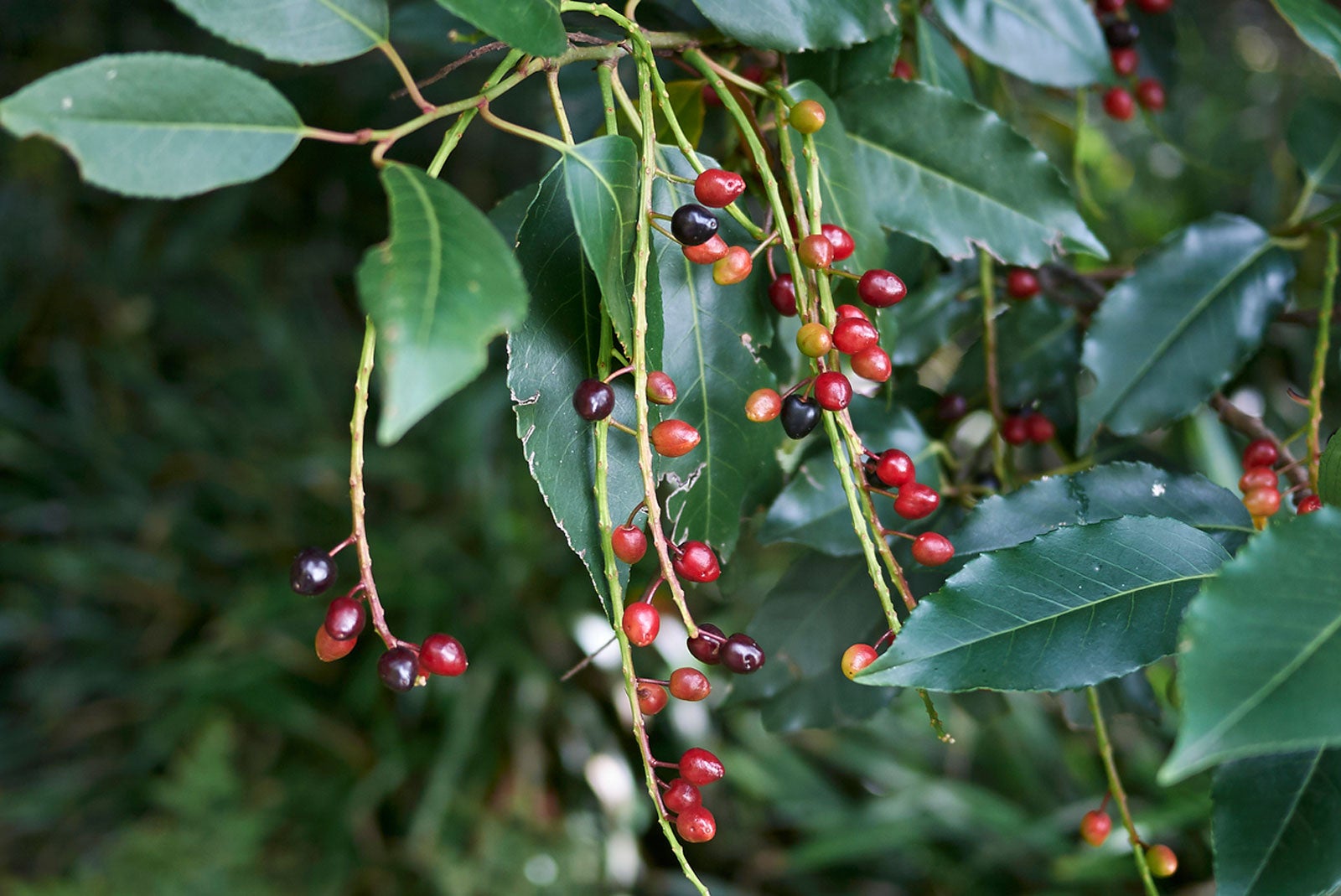Portuguese Laurel Care: How To Plant Portuguese Laurel Tree


The Portuguese laurel tree (Prunus lusitanica) is a pretty, dense evergreen that also makes an excellent hedge. Whether you want a flowering tree, hedge for a border, or a privacy screen, this Mediterranean native fits the bill.
It does require some warmth, though, so if your climate is too cold, Portuguese laurel is not the best option.
About Portuguese Laurel Hedges
Portuguese laurel can actually be considered a tree and a hedge, but botanically speaking is a tree. Native to Spain and Portugal, this is a broadleaf evergreen that thrives in warm climates. It is hardy only through zone 7 in the U.S., and can maybe stretch to zone 6 winters with protection.
Grown as a tree, this laurel can be up to 50 feet (15 m.) high, but more likely will stay closer to 30 feet (9 m.) in height. The canopy is low and umbrella-like. Pruned as a hedge, Portuguese laurel can be as tall as you choose. The hedge that it forms is very dense, which makes it particularly good for screening and privacy.
The evergreen leaves of the tree are dark green and glossy. They are oblong and grow to about five inches (12.5 cm.) long and two inches (5 cm.) wide. Flowers are small and white and grow on long spikes in late spring. They are pleasantly fragrant and followed by dark purple berries. These will attract birds to your yard.
How to Plant Portuguese Laurel
When planting a Portuguese laurel, first make sure you have the right location for it. It requires full sun to partial shade and soil that will be moist to dry but with no standing water. It is not particular about soil type and will grow just fine next to the ocean.
Plant your laurel in a hole that is slightly larger than the root ball. Add extra soil to fill it in once planted and gently pack it to remove air bubbles. Initially, you should water the tree or hedge regularly to help the roots get established.
Gardening tips, videos, info and more delivered right to your inbox!
Sign up for the Gardening Know How newsletter today and receive a free copy of our e-book "How to Grow Delicious Tomatoes".
Portuguese Laurel Care
Once the roots are established, you will not need to water your tree often. This is a drought-tolerant plant. There are also very few pests or diseases that trouble this laurel. The biggest potential issue is rot, so be sure the site you have planted it in will drain well.
If growing this laurel hedge, your biggest chore will be keeping it trimmed to the size and shape you want. The laurel looks nice both neatly trimmed and when allowed to get shaggy, so it’s a matter of personal choice. If you want it to remain a hedge, you will need to trim at least once a year to maintain the size.

Mary Ellen Ellis has been gardening for over 20 years. With degrees in Chemistry and Biology, Mary Ellen's specialties are flowers, native plants, and herbs.
-
 Looking For Plants To Give You The Soft And Fuzzies? Try These 5 Fuzzy Leaf Plant Options
Looking For Plants To Give You The Soft And Fuzzies? Try These 5 Fuzzy Leaf Plant OptionsLovers of texture, drama, silver foliage and tactile plants will adore these special sensory garden additions. These fuzzy leaf plant options will leave you all aglow
By Susan Albert
-
 Get Ready For A Summer Of Hummers! Grow These Full Sun Hummingbird Plants and Flowers
Get Ready For A Summer Of Hummers! Grow These Full Sun Hummingbird Plants and FlowersIf you’re lucky enough to enjoy a sunny backyard, make sure you are maxing out on your pollinator opportunities and grow these full sun hummingbird plants and flowers
By Tonya Barnett